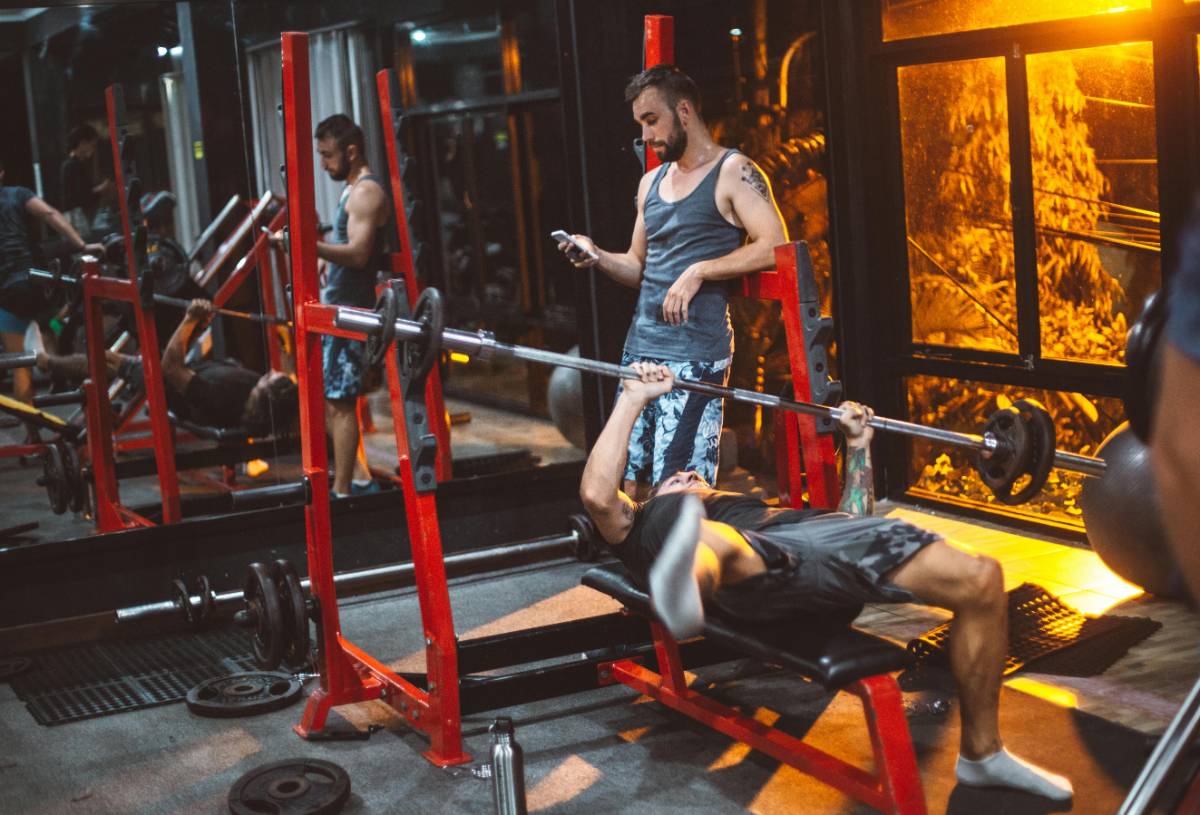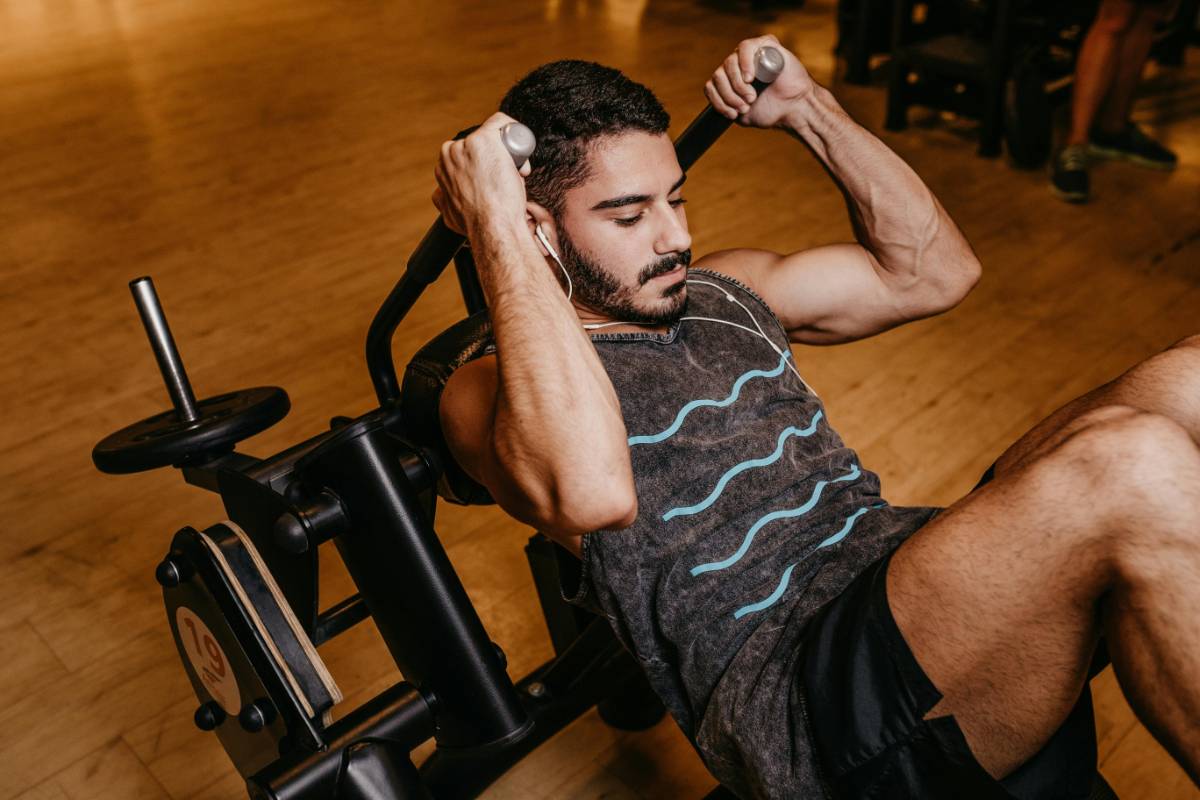Importance of Using SPF on Your Body

2 min read
|22 Oct 2025Using SPF (Sun Protection Factor) on your body is crucial for protecting your skin from the harmful effects of ultraviolet (UV) radiation. UV rays from the sun can cause various skin issues, including sunburn, premature aging, and an increased risk of skin cancer. Incorporating SPF into your daily skincare routine helps safeguard your skin and maintain its health. This article explores the importance of using SPF on your body, its benefits, and how to choose and apply it effectively.
Why SPF Is Essential
SPF plays a vital role in protecting your skin from the sun’s damaging effects:
Prevents Sunburn: SPF helps shield your skin from UVB rays, which are primarily responsible for causing sunburn. Applying SPF reduces the risk of painful burns and the associated discomfort.
Reduces Premature Aging: UV exposure accelerates skin aging, leading to wrinkles, fine lines, and age spots. SPF helps protect against UVA rays, which contribute to these signs of aging and keeps your skin looking youthful.
Lowers Skin Cancer Risk: Prolonged exposure to UV radiation increases the risk of skin cancer, including melanoma, basal cell carcinoma, and squamous cell carcinoma. Regular use of SPF reduces this risk by blocking harmful UV rays and preventing skin damage.
Choosing the Right SPF
Selecting the appropriate SPF is crucial for effective sun protection:
SPF Rating: Choose a sunscreen with an SPF rating that suits your skin type and sun exposure level. For everyday use, an SPF of 30 to 50 is generally recommended. Higher SPF values offer more protection, but no sunscreen is entirely sunproof.
Broad-Spectrum Protection: Look for a sunscreen labeled “broad-spectrum,” which means it protects against both UVA and UVB rays. This ensures comprehensive protection from different types of UV radiation.
Water Resistance: If you plan to swim or engage in activities that cause sweating, opt for a water-resistant sunscreen. Water-resistant formulas maintain their effectiveness for a specified period while you’re in water or sweating.
How to Apply SPF Effectively
Proper application is key to maximizing the benefits of SPF:
Apply Generously: Use a generous amount of sunscreen to cover all exposed areas of your body. A general guideline is to use about one ounce (a shot glass full) for your entire body.
Apply Before Sun Exposure: Apply sunscreen 15 to 30 minutes before going outside to allow it to fully absorb and provide adequate protection. Reapply every two hours, or more frequently if swimming or sweating.
Don’t Forget Areas Often Missed: Be sure to apply sunscreen to commonly overlooked areas such as the back of your neck, ears, feet, and the tops of your hands. These areas are prone to sunburn and damage.
Additional Sun Protection Measures
While SPF is essential, combining it with other sun protection measures enhances overall effectiveness:
Seek Shade: Whenever possible, stay in the shade, especially during peak sun hours (10 a.m. to 4 p.m.), when UV radiation is strongest.
Wear Protective Clothing: Use hats, sunglasses, and long-sleeved clothing to protect your skin from direct sun exposure. These physical barriers provide additional protection against UV rays.
Stay Hydrated: Keeping your skin hydrated helps maintain its natural barrier and resilience against sun damage. Drink plenty of water and use moisturizers to keep your skin healthy.
Using SPF on your body is a critical step in maintaining healthy skin and protecting against the harmful effects of UV radiation. By choosing the right SPF, applying it correctly, and combining it with other sun protection measures, you can reduce your risk of sunburn, premature aging, and skin cancer. Make SPF a regular part of your skincare routine to keep your skin safe and radiant.
MORE ARTICLES

5 min read | 21 Nov 2025
Understanding the Relationship Between PCOS and Weight Gain
Polycystic ovary syndrome (PCOS) is a common hormonal disorder that affects women during their reproductive years. One of the key challenges for many women with PCOS is managing weight. Understanding how PCOS influences weight gain and finding effective strategies for weight management can significantly improve overall health and quality of life.

6 min read | 20 Nov 2025
How Hormonal Imbalances Affect Weight and How to Address Them
Hormonal imbalances can significantly impact weight management, leading to weight gain or difficulties in losing weight. Understanding how different hormones affect your weight and how to address imbalances can help in managing your overall health.

4 min read | 19 Nov 2025
Tips for Weight Loss with Diabetes
Managing weight with diabetes can be challenging due to the need to balance blood sugar levels while achieving weight loss goals. Here are some effective tips for weight loss with diabetes:

4 min read | 18 Nov 2025
Managing Weight with Thyroid Disorders
Thyroid disorders can significantly impact weight management due to their effects on metabolism and hormone balance. Understanding how to manage weight with thyroid disorders is essential for maintaining overall health. Here are key strategies for managing weight effectively when dealing with thyroid conditions:

3 min read | 17 Nov 2025
Consulting with a Healthcare Provider About Supplements
Consulting with a healthcare provider before starting any new supplement is a crucial step in ensuring that you use supplements safely and effectively. Here’s why this consultation is important and how to make the most of it:

4 min read | 16 Nov 2025
How to Use Supplements Safely and Effectively
Supplements can play a valuable role in supporting overall health and addressing specific nutritional needs. However, using them safely and effectively requires careful consideration and informed decision-making. Here’s how to ensure you use supplements in a way that maximizes their benefits while minimizing potential risks.
RECENT POSTS
1
The Environmental Benefits of Choosing Whole Foods
5 min read | 11 Oct 20252
Cooking with Whole Foods: Easy Recipes to Get Started
5 min read | 10 Oct 20253
How to Transition to a Whole Foods Diet
2 min read | 09 Oct 20254
Benefits of Eating Whole Foods for Your Health
4 min read | 08 Oct 20255
Whole Grains vs. Refined Grains: What’s the Difference?
2 min read | 07 Oct 20256
Incorporating More Fruits and Vegetables into Your Diet
3 min read | 06 Oct 2025MORE POSTS

The Benefits of Meal Prepping for Weight Loss
4 min read | 22 Sep 2025
Low-Carb vs. Low-Fat Diets: What Works Best?
5 min read | 21 Sep 2025
The Role of Fiber in Weight Management
3 min read | 20 Sep 2025
Understanding Macronutrients and Micronutrients for Weight Loss
4 min read | 19 Sep 2025
The Role of Nutrition in Supporting Your Workout Routine
3 min read | 18 Dec 2025
